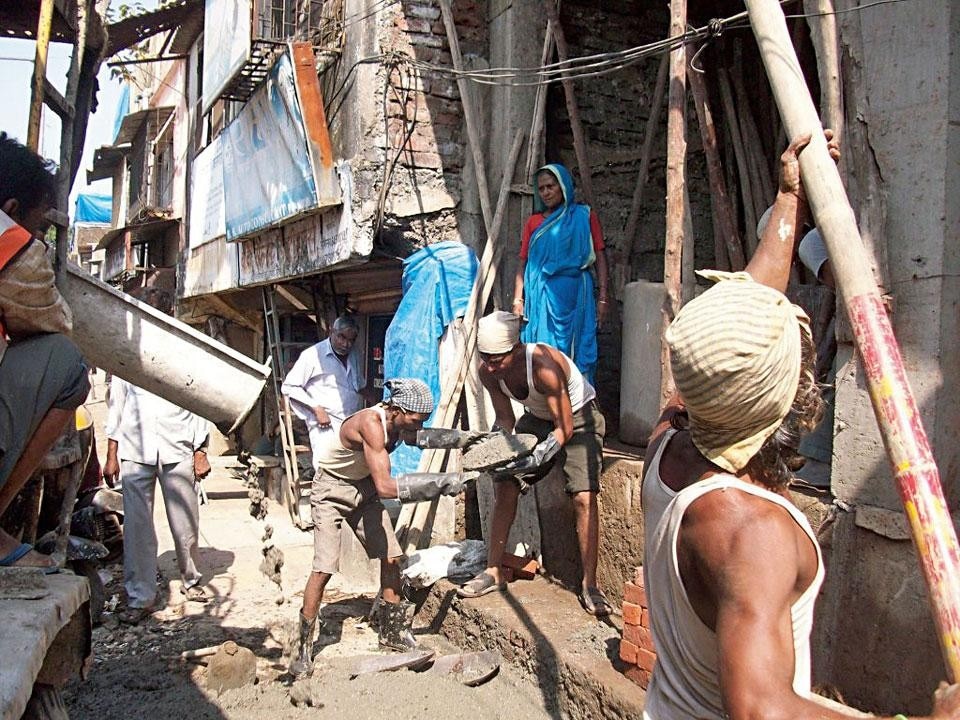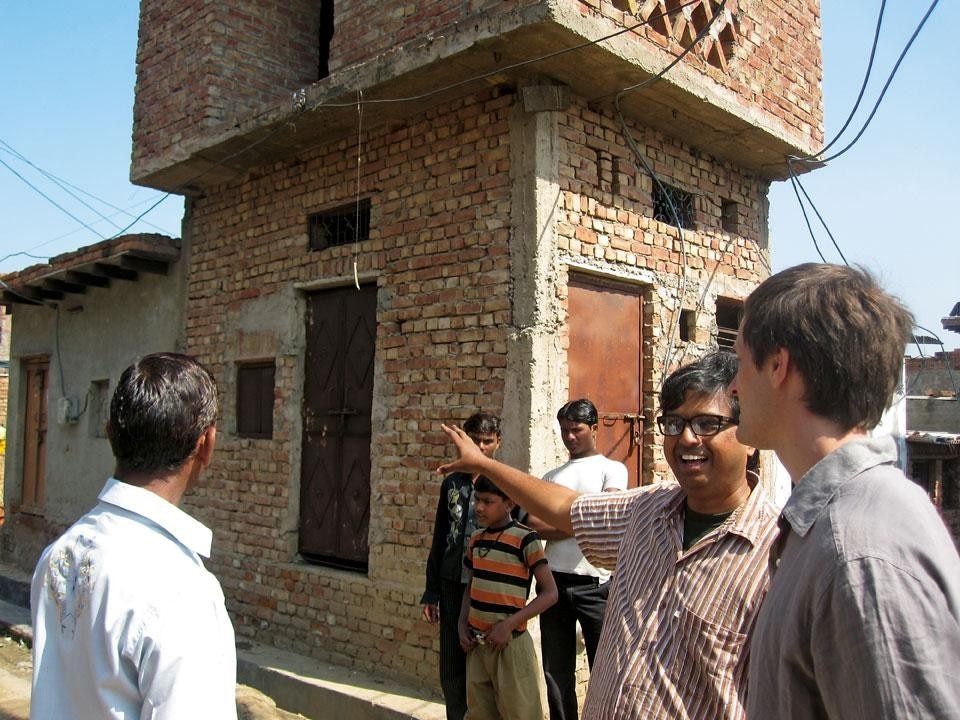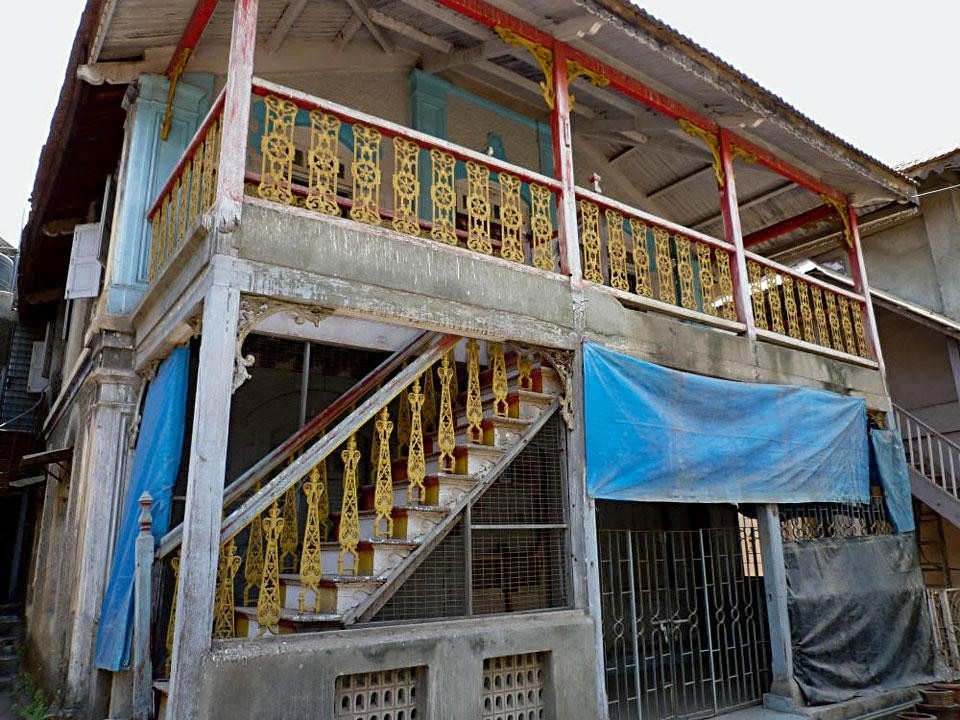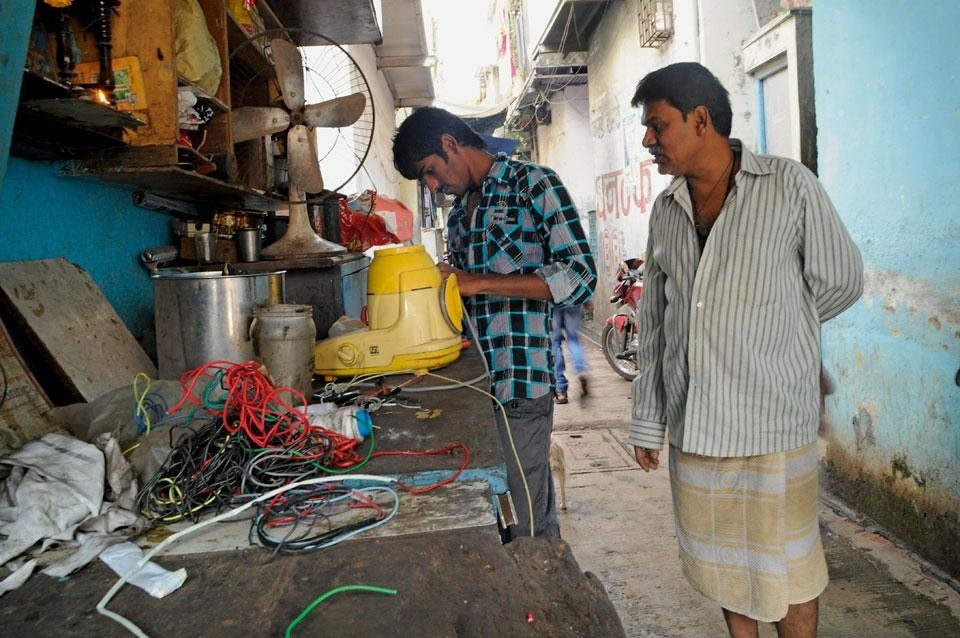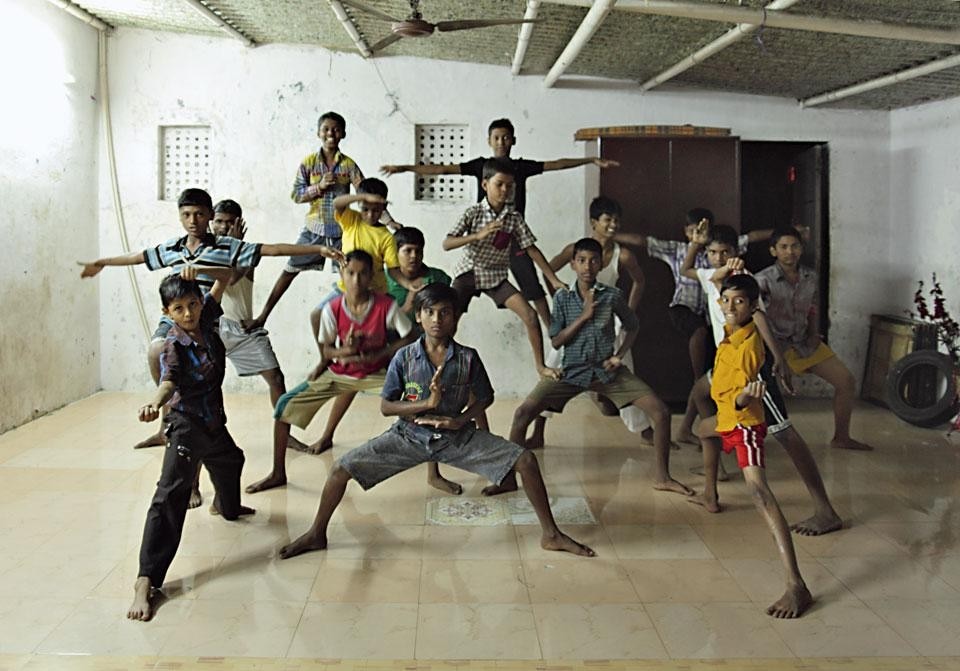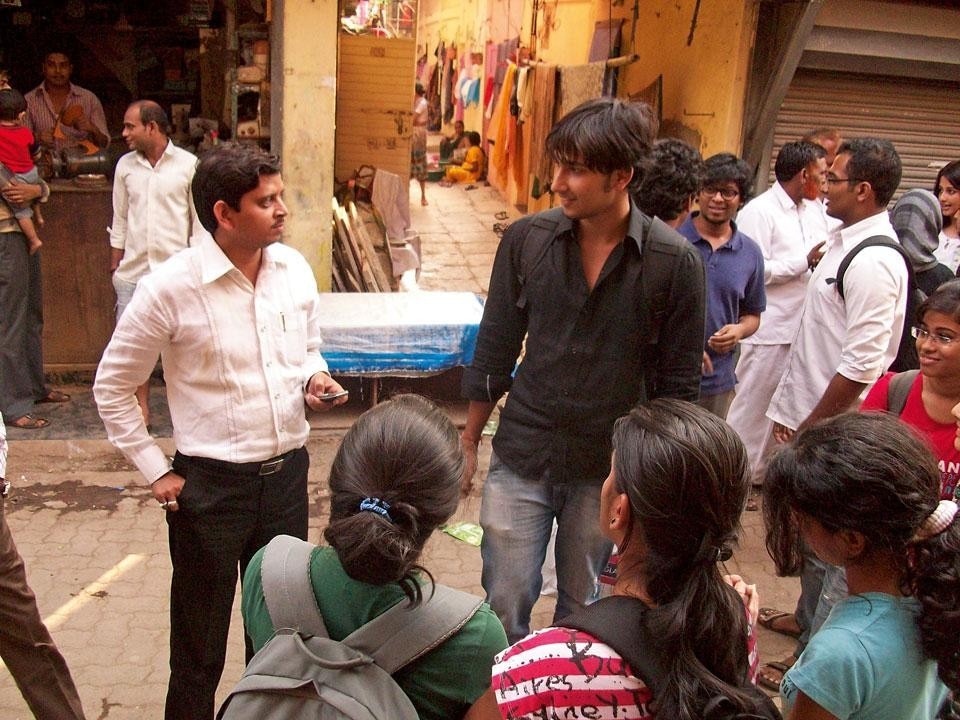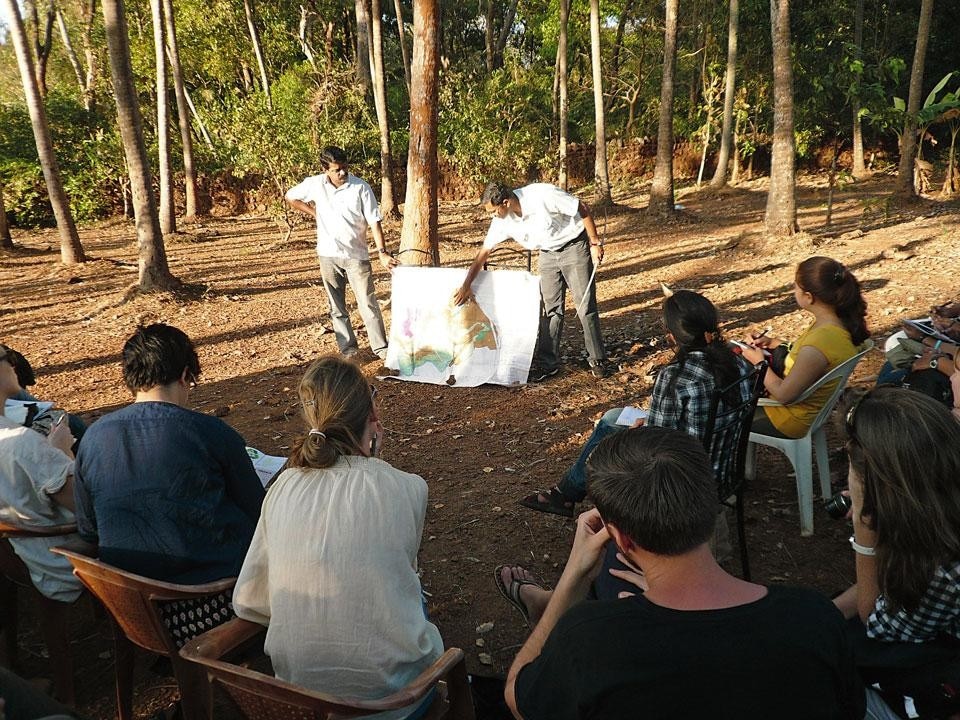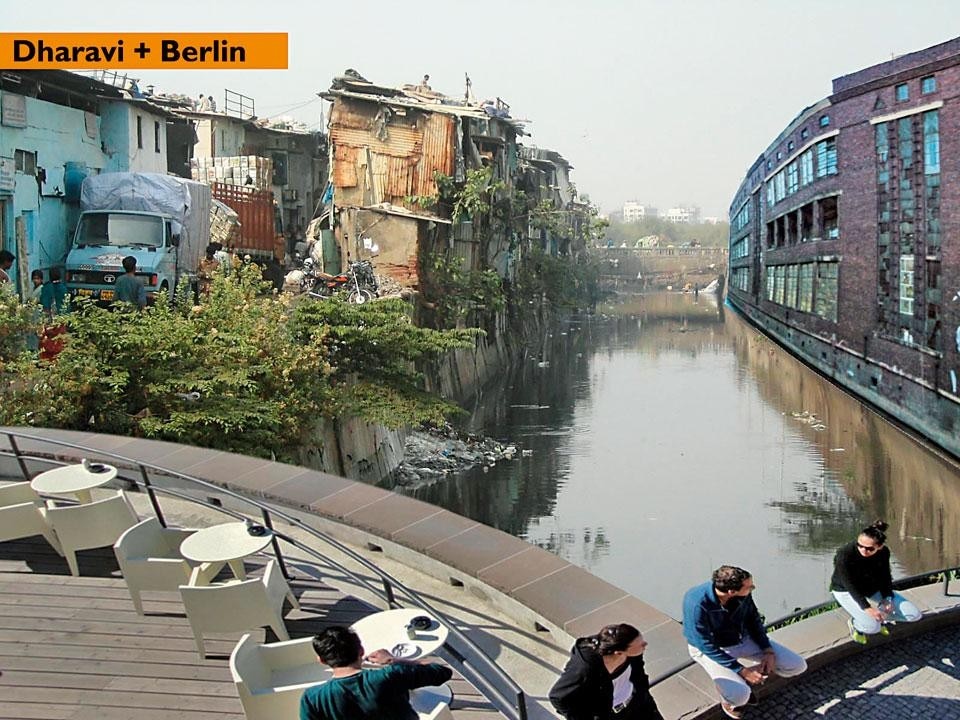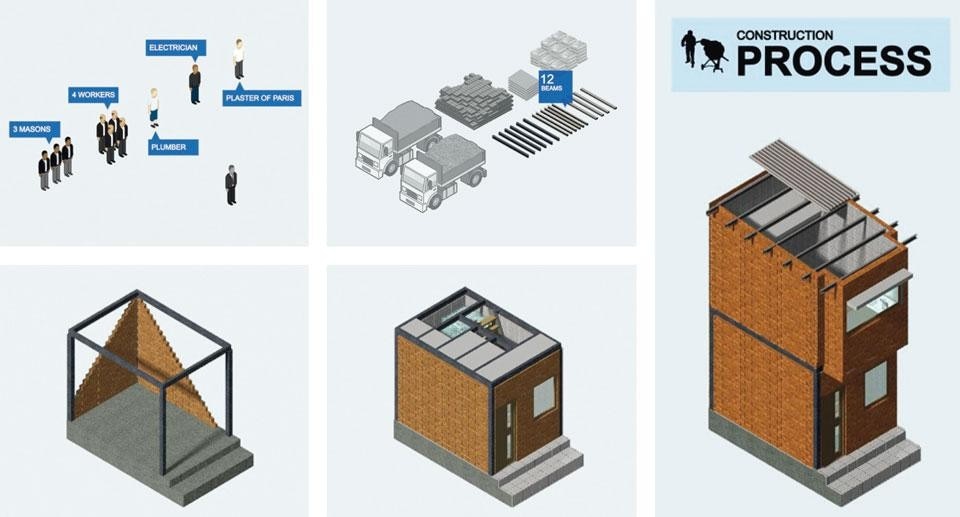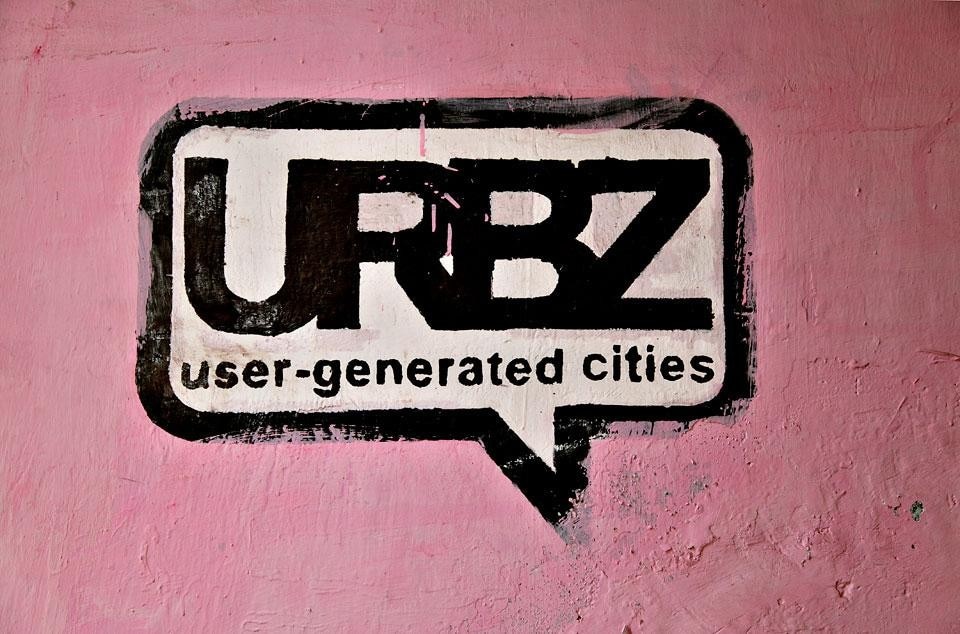In the battlefield that is the contemporary city, every cartographic technique – from Street View to municipal charts, and from gis to OpenStreetMap – possesses a politics of its own, whether deliberate or inadvertent. Enter the word Dharavi into the search box of Google Maps, and you'll find yourself abruptly catapulted into what appears to be a large patch of light yellow nothingness wedged between two suburban railway lines in central Mumbai. In this yellow-tinted cartographic void, the surrounding tangle of roads melts away and detail is conspicuously absent. As large patches of nothingness go, one quickly notes that this one is strategically positioned – a stone's throw from the Bandra-Kurla Complex, an area which after decades of northward expansion has become the city's financial and commercial epicentre, and just as close to many of the city's most important commuter hubs. Switch over to satellite view, however, and the scene unexpectedly transforms – the bland void is replaced by a speckled, irregular carpet of urbanity teeming with life.
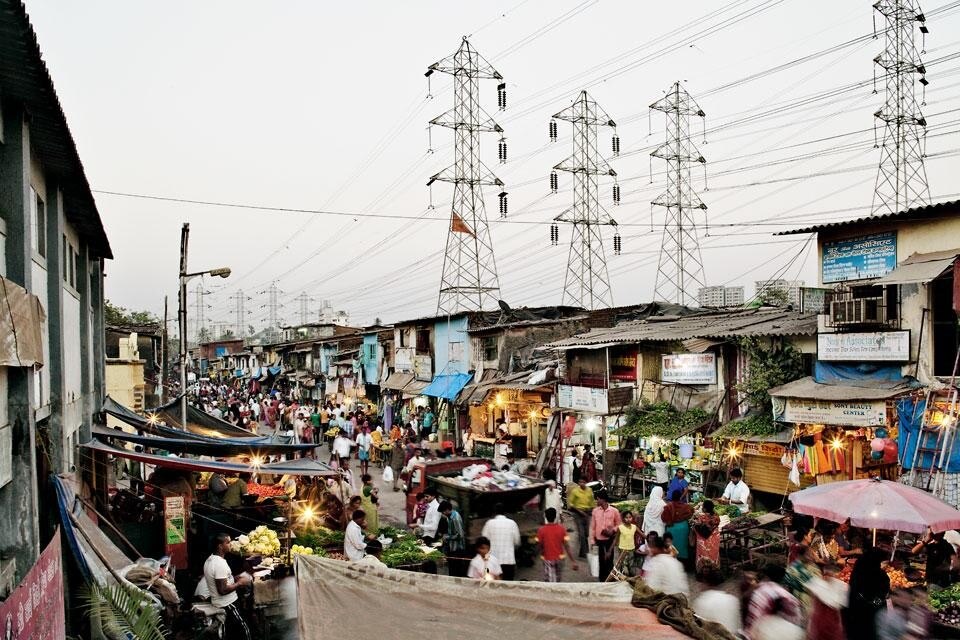
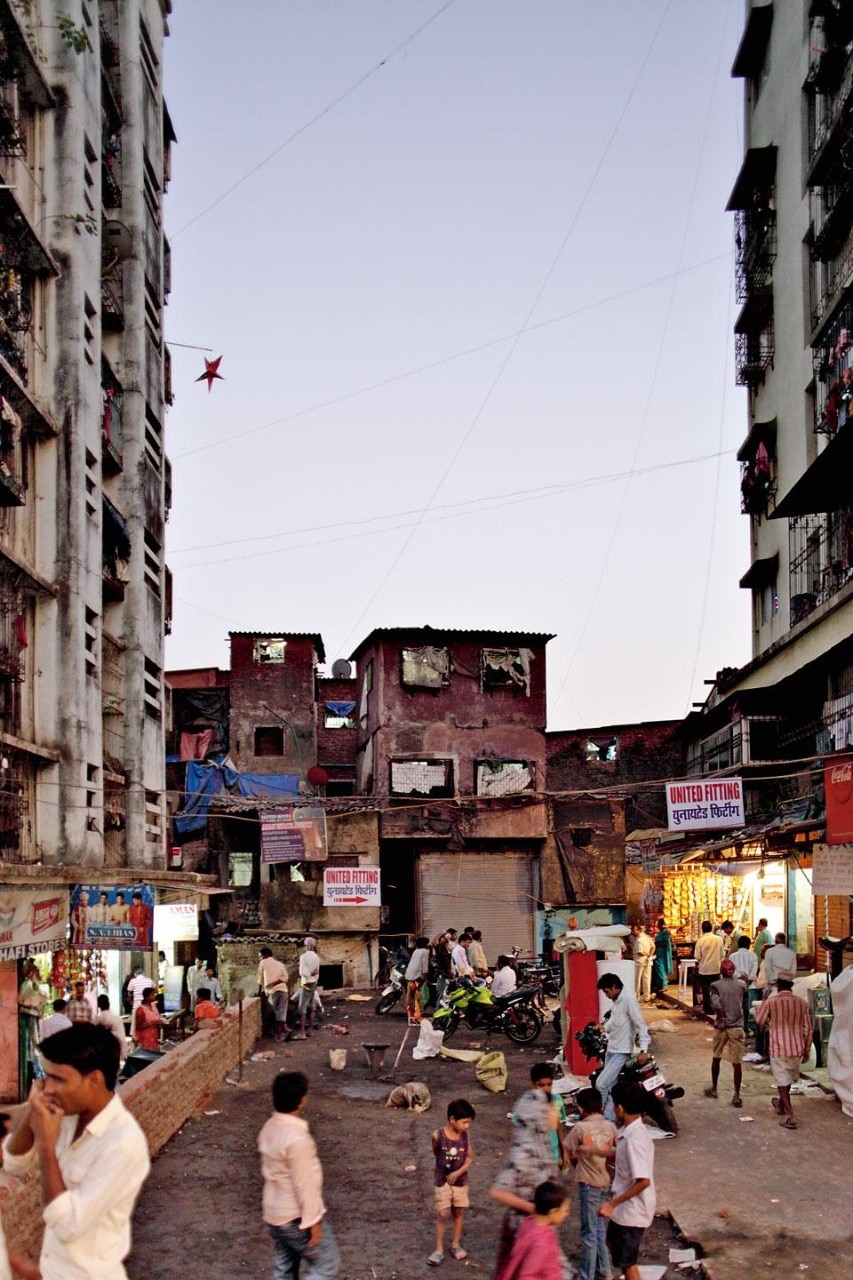
For urbz, Dharavi is a kind of laboratory where a new bottom-up, self-organisational approach to urban design can be bred
